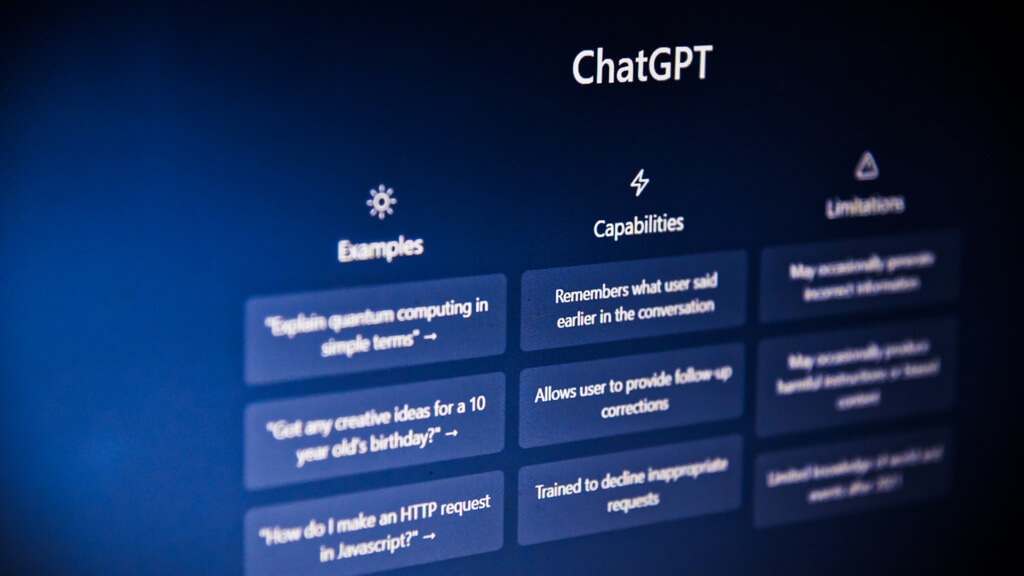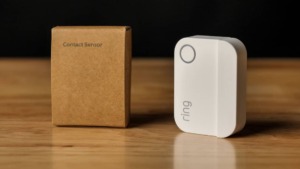The rise of AI chatbots: Bing AI, Google Bard, and ChatGPT
Artificial Intelligence (AI) has come a long way since its inception, and its impact is becoming more apparent with the advancement of technology. One of the most promising applications of AI is in...

Artificial Intelligence (AI) has come a long way since its inception, and its impact is becoming more apparent with the advancement of technology. One of the most promising applications of AI is in the form of chatbots. These AI-powered chatbots are transforming how we use the internet by providing a simple conversational interface to access information quickly. With Microsoft, Google, and OpenAI investing heavily in chatbot technology, it’s clear that this is an area of significant interest. In this article, we’ll delve into how Bing AI, Google Bard, and ChatGPT are working towards providing a better chatbot experience for users.
Table Of Content
Understanding Large Language Model (LLM) programs
Before we dive into the intricacies of AI chatbots, it’s essential to understand Large Language Model (LLM) programs. LLM programs are artificial intelligence that utilises machine learning to analyse language patterns. These programs are designed to learn from a vast amount of data available on the internet, including text, images, and videos. The goal is to teach AI to understand language and respond to queries in a natural language format. Chatbots are one of the applications of LLM programs, allowing users to interact with AI using natural language.
How do AI chatbots work?
As mentioned, AI chatbots utilise LLM programs to understand and respond to natural language queries. For example, OpenAI’s GPT-3 explains that AI uses “a series of autocomplete-like programs to learn language” and analyses “the statistical properties of the language” to make educated guesses based on the words you’ve typed previously. This allows the AI to predict which words come next in a sentence and construct a response accordingly.
However, it’s important to note that AI chatbots are vast autocomplete systems trained to predict which word follows the next in any sentence. Therefore, AI chatbots don’t have a hard-coded database of facts and may present false information as truth if it sounds plausible. Consequently, verifying information received from AI chatbots before taking it as fact is essential.
Bing AI
Microsoft’s Bing AI is an AI-powered chatbot built into Windows 11. Bing AI provides users a conversational search experience, allowing them to ask questions in natural language. Bing AI uses natural language processing to understand the query and responds in a conversational format. For example, if you ask Bing AI, “What’s the weather like today?” it will provide you with the current weather conditions and a forecast for the day.
One of the critical advantages of Bing AI is its seamless integration with other Microsoft applications, such as Office 365 and Skype. Bing AI can schedule meetings, set reminders, and even make Skype calls. Moreover, Bing AI provides users a personalised experience by understanding their preferences and providing tailored results.
Google Bard
Google Bard is Google’s AI-powered chatbot, which uses a transformer model to understand natural language. Google Bard can provide users with answers to general knowledge questions, provide translations, and even generate poetry. Google Bard is designed to provide users with a conversational experience that mimics a human conversation.
Google Bard’s main advantage is its ability to contextualise queries and provide responses accordingly. For example, if a user asks, “Who was the first president of the United States?” Google Bard will answer and contextualise the query by providing additional information, such as the election year and the opponent’s name.
Moreover, Google Bard is designed to handle multiple queries in a single conversation, making it easier for users to ask follow-up questions without starting a new conversation every time. This feature allows for a more natural conversation flow, making the experience more human-like.
Regarding its limitations, Google Bard’s responses can sometimes be overly verbose, making it difficult for users to find the information they are looking for quickly. Additionally, it currently only supports a limited number of languages, which can be a drawback for non-English speakers.
ChatGPT

ChatGPT is an AI chatbot developed by OpenAI, designed to provide users with a conversational experience that is as close to a human-like conversation as possible. ChatGPT uses GPT-3’s LLM program to understand natural language queries and provide responses in a conversational format.
ChatGPT is one of the most advanced chatbots currently available, with the ability to answer complex questions, provide explanations, and even write articles. In addition, its training data includes a wide range of sources, including books, websites, and social media, which enables it to provide a broad range of information.
One of the key advantages of ChatGPT is its ability to generate human-like responses that are contextually relevant to the query. For example, suppose a user asks, “What is the capital of France?”. In that case, ChatGPT will not only provide the answer but also provide additional information, such as the population of the city and its historical significance.
ChatGPT’s training data includes multiple languages, making it a valuable tool for non-English speakers. It can also handle numerous queries within a single conversation, similar to Google Bard, allowing for a more natural conversation flow.
However, one limitation of ChatGPT is that its responses can sometimes be lengthy and need more conciseness, which may be better for users looking for quick answers. Additionally, its complex algorithm may require significant computational resources, making it difficult to scale for use on low-powered devices.
The future of AI chatbots: Advancements and possibilities
AI-powered chatbots are becoming increasingly prevalent and changing how we interact with the internet. Bing AI, Google Bard, and ChatGPT are all working to create a better chatbot experience for users by using LLM programs to understand natural language queries and provide contextually relevant responses. Each chatbot has strengths and limitations, making them suitable for different use cases.
Bing AI’s integration with Windows 11 and its focus on providing a conversational search experience makes it a valuable tool for users looking for quick answers. Google Bard’s ability to contextualise and handle multiple queries within a single conversation makes it a suitable tool for users looking for a more natural conversation flow. Finally, ChatGPT’s ability to provide contextually relevant information and generate human-like responses makes it a valuable tool for users looking for complex information.
However, while these chatbots have made significant progress in recent years, they still have limitations, such as providing overly verbose responses or requiring substantial computational resources. As technology evolves, we’ll see further advancements in chatbot technology, making them even more useful tools for users looking for quick and accurate information.













